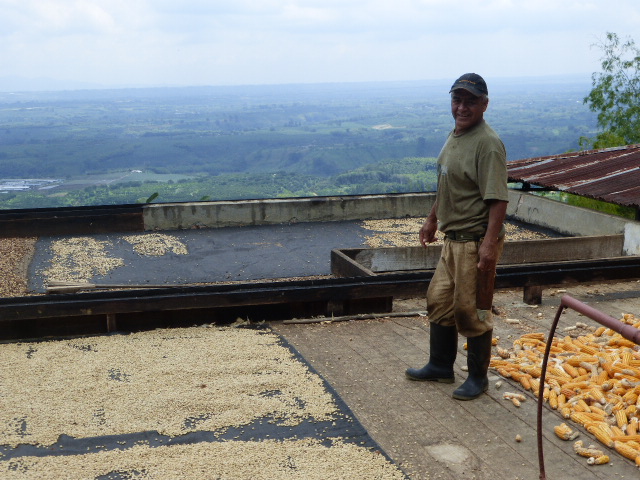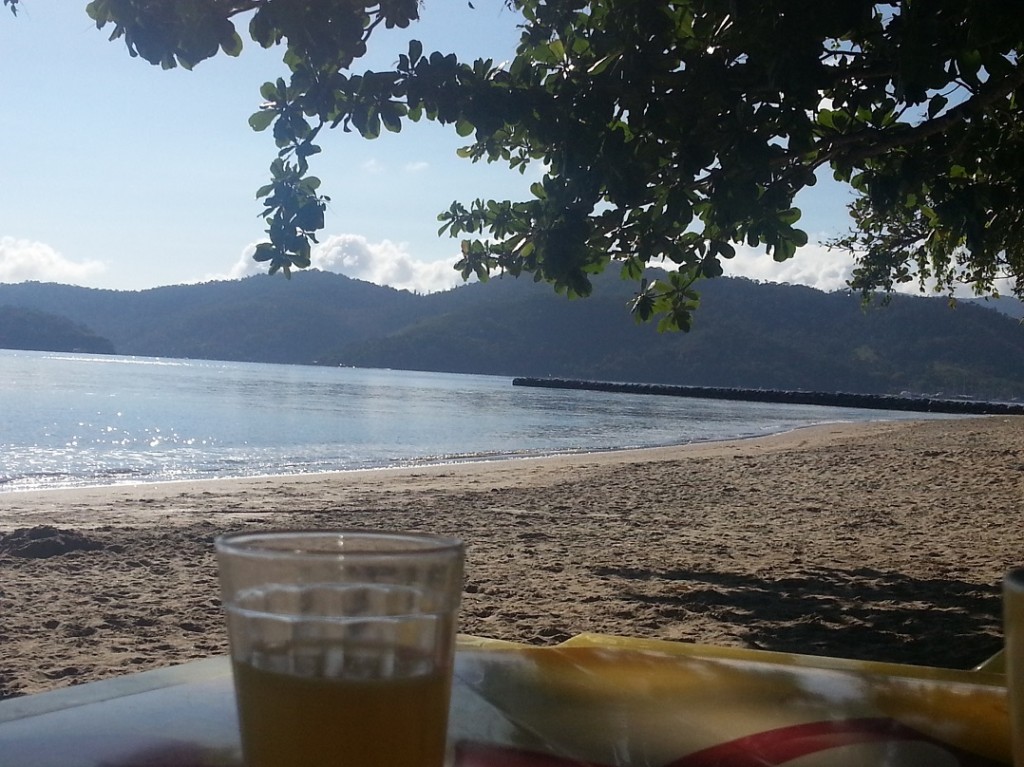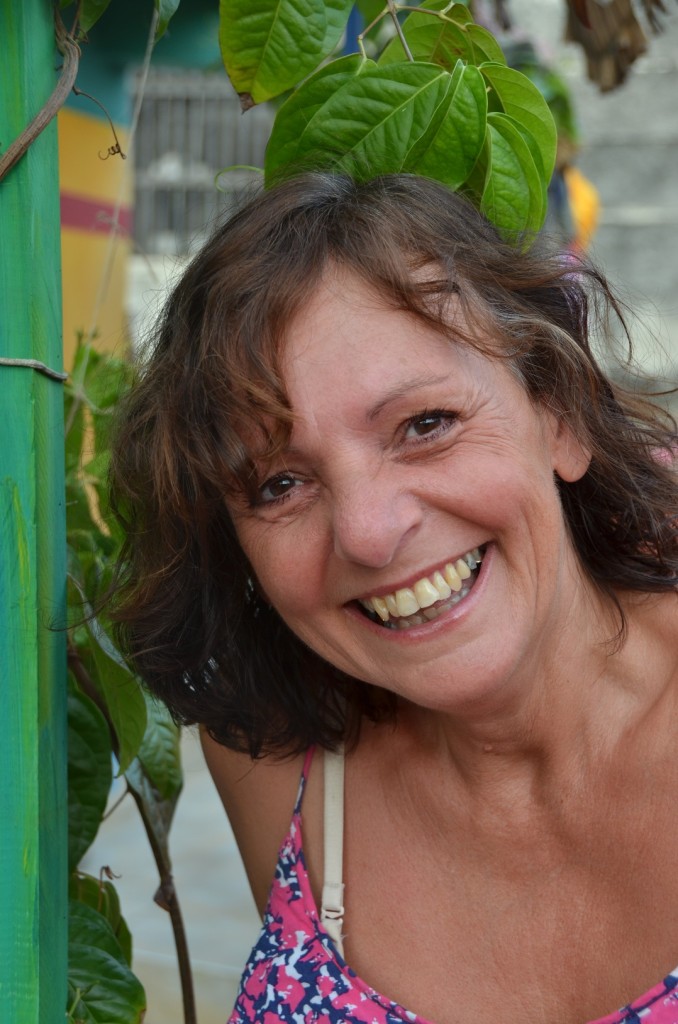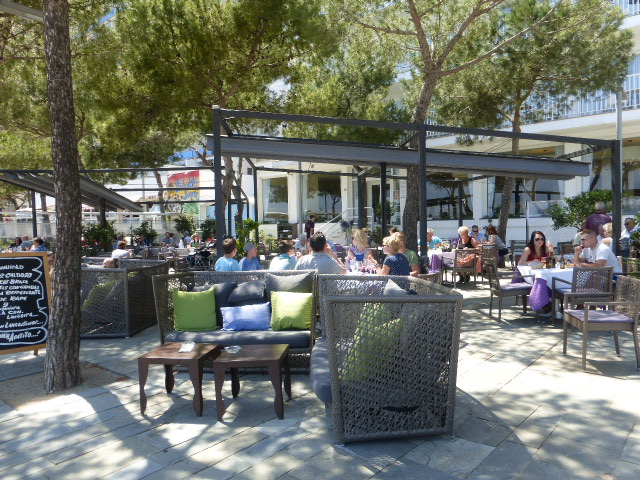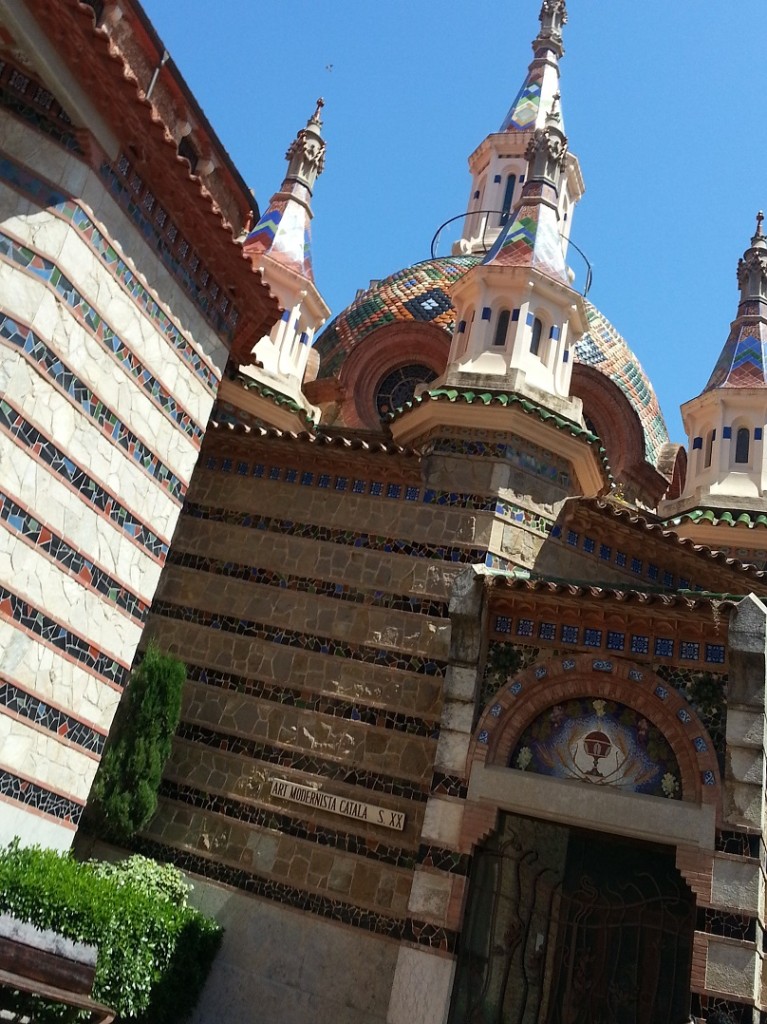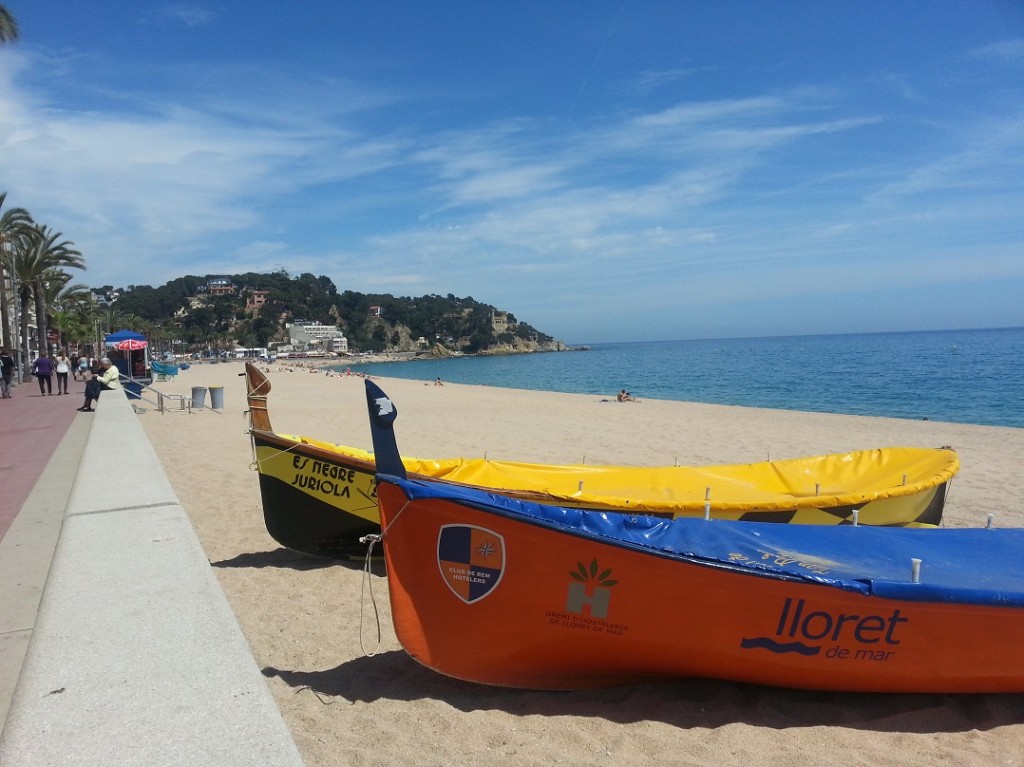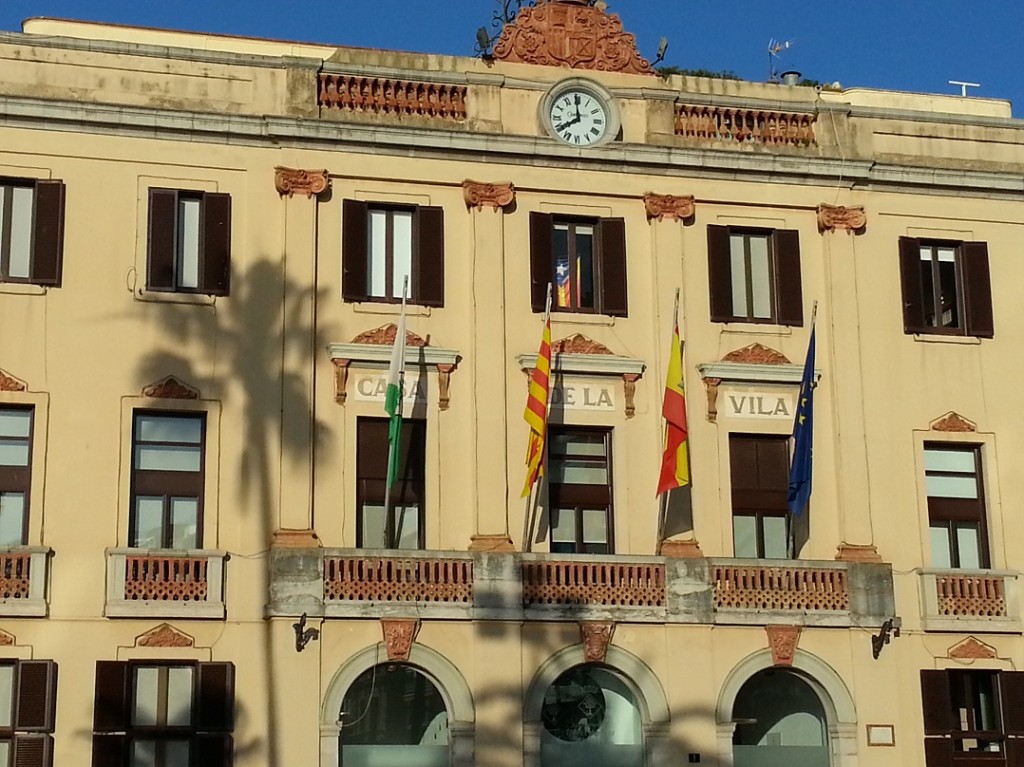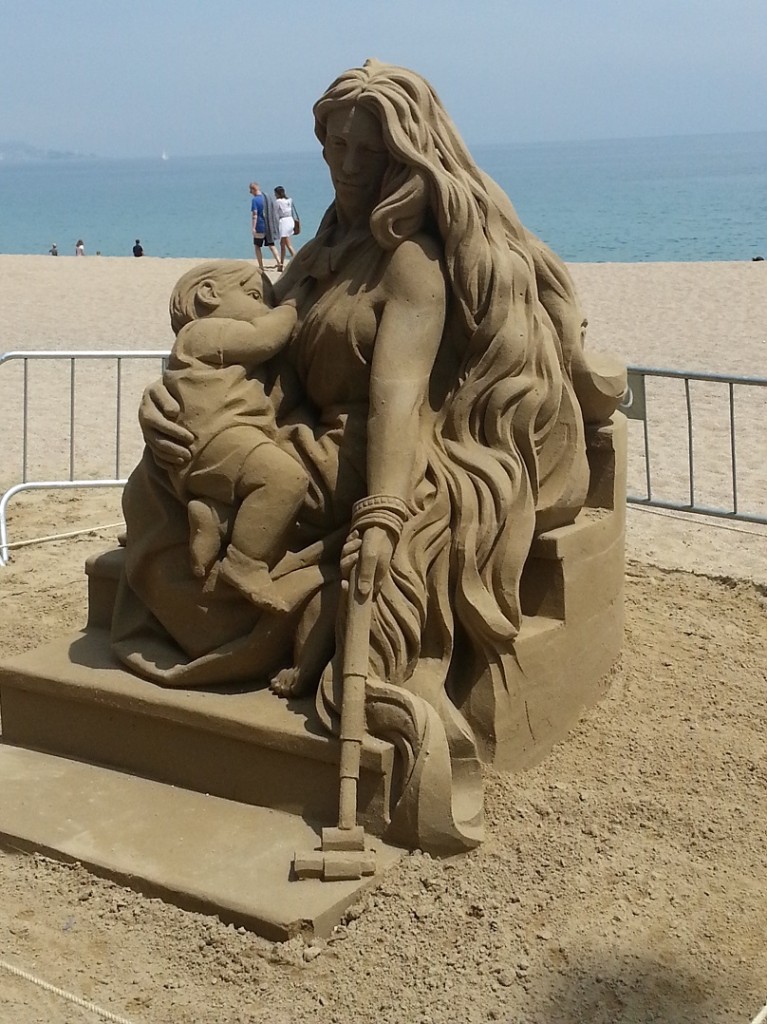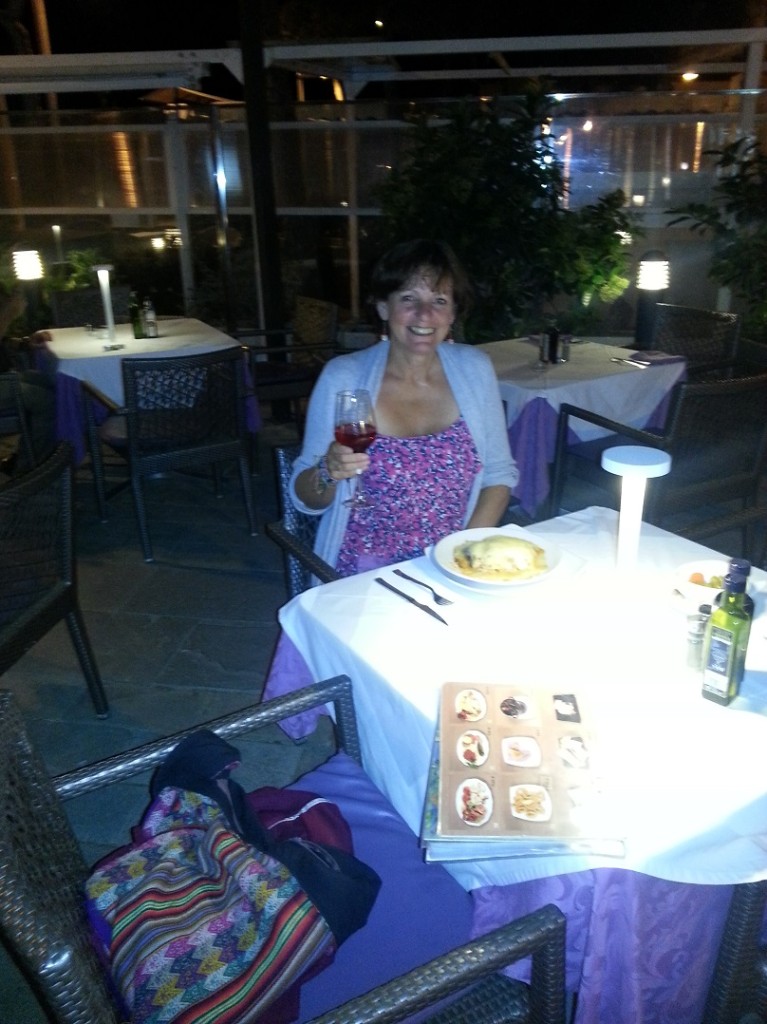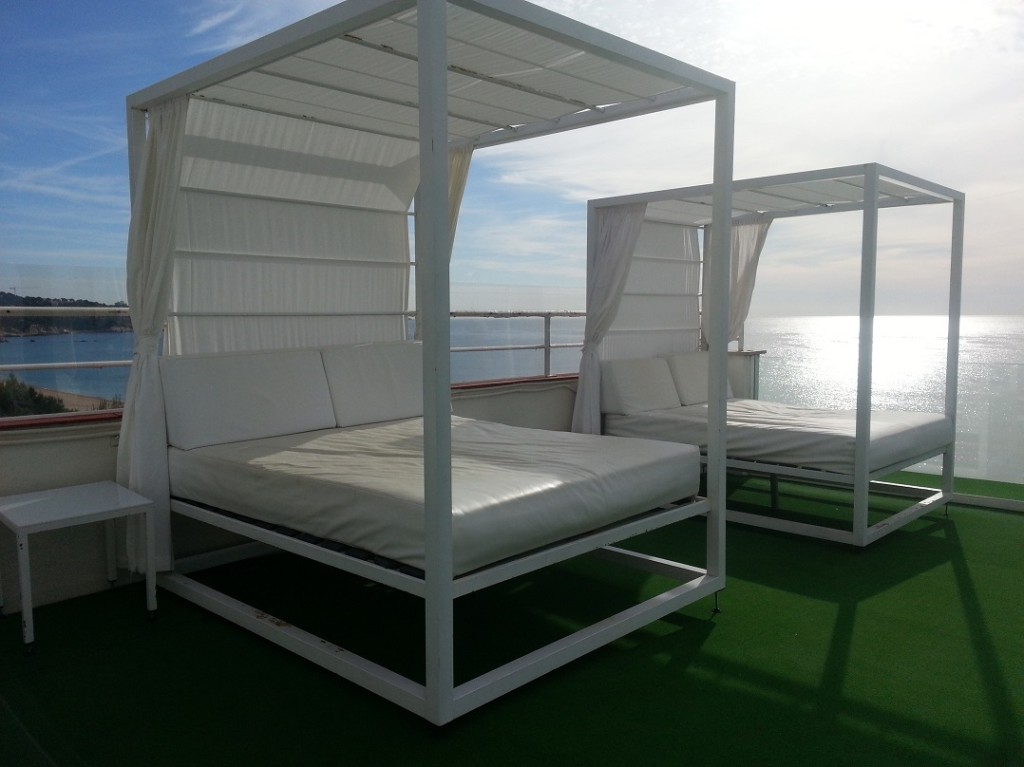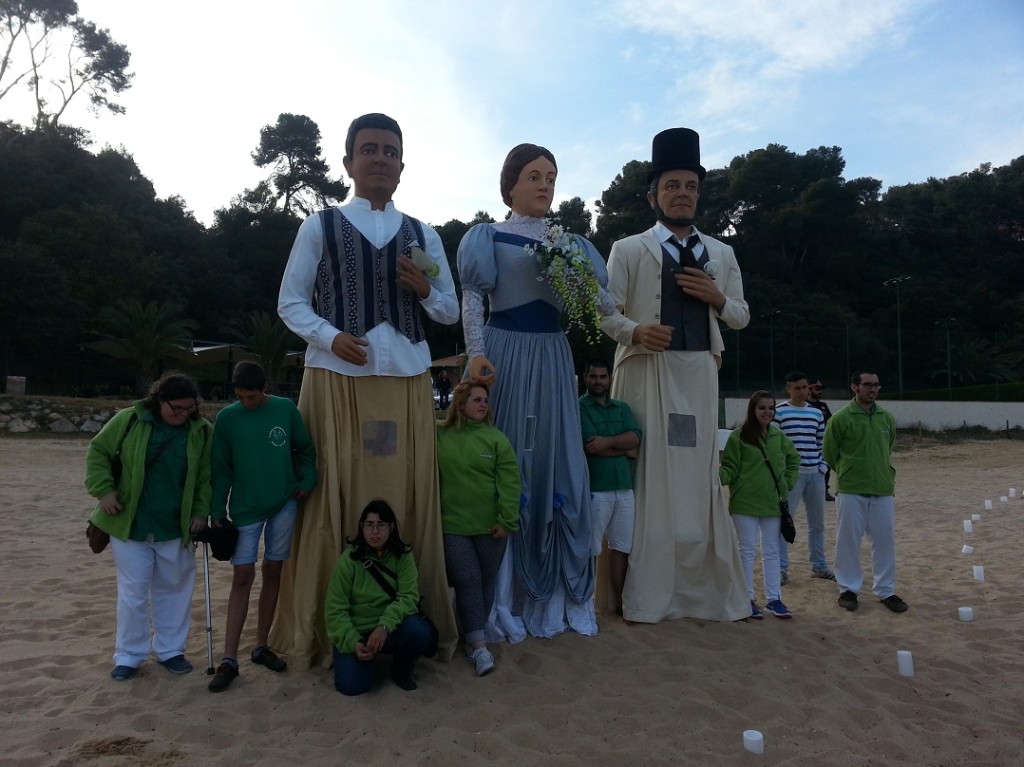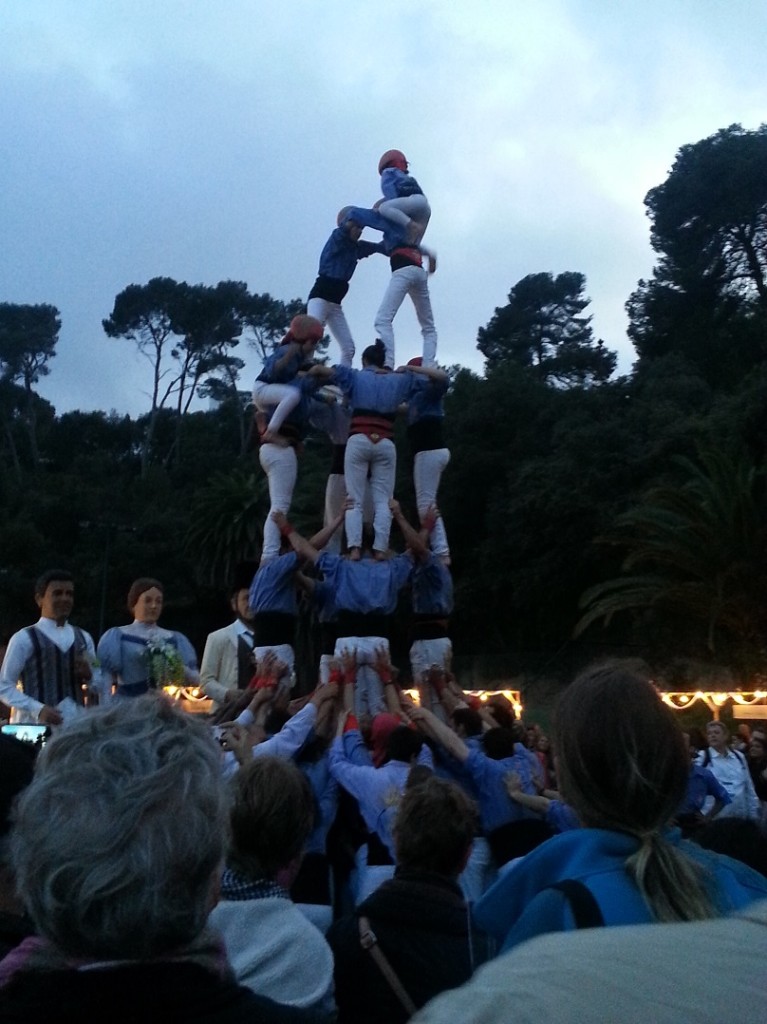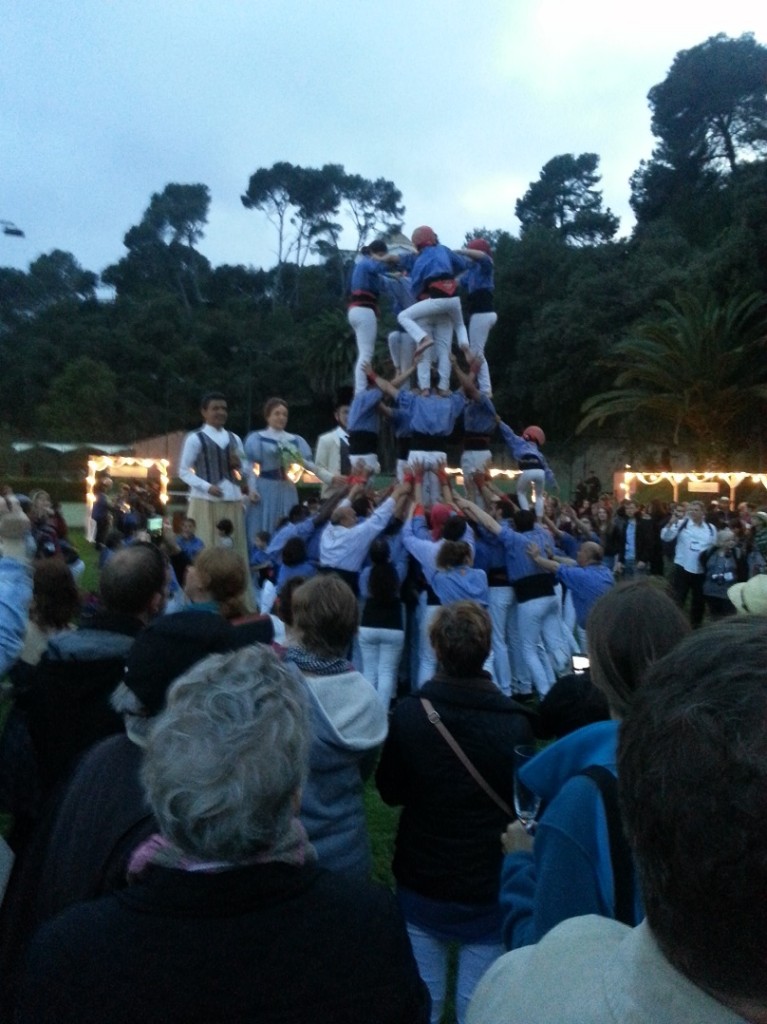
by Jane | Aug 18, 2015 | South America |
What do you know about the coffee industry in Colombia?
Do you want to explore a region which is steeped in the little brown beans that so many of us crave each morning?

checking the crop
An innovative project has been set up in a small mountainous region of Colombia which enables the coffee farmers to add value to their product and allows travellers and tourists to explore the natural beauty of this area
Read my article here to learn about this inspirational project and to learn about the hardships and the joy of farming coffee

by Jane | Jul 28, 2015 | Personal stories |
She left pieces of her life behind her, everywhere she went
It’s easier to feel the sunlight without them, she said
– Brian Andreas
I have covered the ‘what’ and the ‘how’ of travel in my last two articles but I often ask myself WHY?
I suspect that it may have something to do with our genes – a throwback to the days when we were hunter-gatherers, and it’s cultural too – like the generations of Romanies who feel cooped up if they stay in one place for too long.
And there are also our personal stories which affect our urge to keep moving
Click on these links to read the two previous articles in this series if you missed them
What?
How?
In my own case, I know that I am throwing challenges at myself, proving to myself that I can cope and that I can face up to my fears; to counteract years of believing that I was a scardy-cat and that I would be unable to manage by myself.

Breakfasting alone
To that end I have designed an online course which will encourage others to boost their self-confidence and self-esteem; but I digress – let’s get back to why I travel.
When my maternal grandmother had to enter a nursing home after breaking her hip my uncle gave her a blank notebook and suggested that she write. Anything; her memoirs, shopping lists; anything to keep her from going mad when all about her was ever so slightly crazy.
The furthest that my gran had travelled during her lifetime was from her home in South Wales to Cornwall and she did that only infrequently but she lit up when she talked about her adventures. And then, after she had passed away I read her journal. It was all higgledy piggledy but what shone through was her acceptance and contentment about her life and her situation. She left school and went into service aged fourteen and later she married and raised a family. She worked hard to put food on the table and often fed most of the neighbours’ kids as well.
In her notebook my Gran wrote, ‘but then I was getting on to fourteen and to the prospect of leaving school and having to earn a crust, but having no chance of a further education, hoped for wider horizons, always wanted to be a nurse like all my girl cousins on my father’s side but knew there was little hope of it coming to pass’ and in her book she also wrote how she had once had the opportunity to visit India as a teenager (imagine that in those days!) but it was vetoed by her mother.
Who would have ever guessed! Gran never gave any indication that she wanted to see more of her little world, although she embraced others who were not from hers.
She was as pleased as punch when she was allocated a family doctor who was from India and my mum tells me how she would be mortified to arrive home from school as a child and find either a gypsy or a tramp sitting by the fire. My grandmother certainly never judged and was always open minded – you can read more about how beneficial an attitude such as this can be in my article – No judgements and mindful travel
The gypsies went from house to house when they were in town selling clothes pegs or little sprigs of lucky heather. The tramps were the gentlemen of the road with their numerous bags stuffed full of their belongings, often pushed on a bicycle (I guess the forerunners of us, the perpetual backpackers), but in those days there were no flights – they wandered on foot, following their seasonal pattern around the country and returning to places where they were welcomed. One of the places where the Romanies and the tramps knew that they could always be sure of a cup of tea and a plate of food was at my gran’s home, much to my mum’s dismay.
And then when I was about seven years old some gypsies set up an encampment on some waste ground in my city. They were there for several years before the space was redeveloped and as we drove past, I would peer fascinated out of the back window of the car, straining my neck to catch sight of the little raggle-taggle children or the puppies tumbling about in the yard. If one of the caravan doors had been left open it was as if I had won the bonus prize because I could peep in on the tiny compact world where everything gleamed mirrors, chrome and glass. I wondered why society deemed it to be wrong to live this way, and if I had been older or more daring I would have loved to have run away to join them.
It was about the same time in my life that my auntie, my dad’s sister, moved to Africa. Knowing that I loved to read and that I wanted to be a journalist, we frequently exchanged letters on flimsy airmail paper which would tear if you pressed too hard with the pen.
I would take those pale blue pages covered with her handwriting and tuck myself away in a corner and transport myself away to another land. To countries where the heat shimmered on dusty horizons, there were unimaginable fruits and flowers and market places were noisy alien places. I loved to read about the staff that took care of the house, the maid and the house-boy and wished that I could have been allowed to visit and see and experience these wonders for myself. I wanted to play with the African children and run barefoot down red earth roads with them and to wake to the sound of strange birds.

Soooo excited to see a toucan in the wild
And now, my cousin, my auntie’s daughter, Lucinda Paxton is forging her own way in the world as a documentary photographer, travel writer and presenter. I am totally in awe of her work and I greedily lap up every photograph and article that she posts on social media. Whether in the vibrant reds and ochres worn by the people of Ethiopia or the grainy black and white images of the gauchos in Patagonia, Lucinda captures the very essence of the people that she films and recently interviewed by The StepUp Club she gives her reasons for why she travels – and of course, her parents were a huge influence on her. Click here to read Lucinda’s interview
Only a few years ago I learnt that my own father, on finishing his stint in the army for his National Service, had applied to emigrate to New Zealand on a £10 passage. This would have included a job and accommodation – the only stipulation was that you worked in whatever job they allocated to you for at least 2 years. The forms were duly completed and posted off and the interview date arrived, but as so often, life got in the way and he never went.
I didn’t go abroad until I was 21 but I had been a voracious reader since childhood and the only classes that I didn’t skip in school were Geography and English. I lapped up everything about other cultures and countries both factual and fiction.
And then came the tipping point in my life and here I am.

You can read the first of the articles in the series here: Click here
You can read the second of the articles in the series here: Click here
by Jane | Jul 21, 2015 | Personal stories |
Change, like laughter lines can creep up slowly when we aren’t looking. One day you look in the mirror and things are different.
My previous article which asked ‘Does Travel Change you?’ (you can read it here if you missed it) showed WHAT some of the external influences are which you can encounter when travelling and how they can change you; but here I want to focus on HOW they changed me.
I am often asked whether I believe that I have changed as a result of travel and if so, in what way am I different. What has travel done to me? As is the norm when change happens very slowly and you are close to it, I didn’t think that I had changed at all; or at least I didn’t until I took a recent visit back to the city where I grew up and I met some people that I hadn’t seen since I left school. And I realised that travel had changed me.
Or at least, how meeting all of the brilliant people that I had met since I set off, people who didn’t know me and who had no preconceived ideas about me had changed my perception about myself.
I can finally say that I like myself and I trust in myself. I am at peace with myself. Mostly. Oh of course I will never be happy with how I look, but I am getting to quite like ME.

Me – the girl who always felt second best – the girl who used to be nervous about dancing at the disco – the girl who got tied up in knots talking to the boys or having to speak out in the classroom.
There is a massive part of my life that is still sad but as somebody recently pointed out to me, at least I have done my grieving. The sadness will always be there but I refuse to allow it to shape me. Believe me, I have been as low as it is possible to go, but now I embrace life and I smile, smile, smile. And while my story is sad, I wouldn’t want to swap if for some of those other stories that are out there.
I can now shrug off the occasional poisonous and very personal comments that some troll or other attempts to post on my blog because a) their comments are so wide of the mark I realise that they have absolutely no idea of the bigger picture or the truth, and b) I am writing this from a hammock by the sea. One nil to me I think.
And I now know that I can cope if I drop my car keys down a filthy storm drain or if I miss my bus connection or if my hostel is fully booked. Standing up and making a speech is a piece of cake compared to walking into a party hostel when happy hour is in full swing. Yes, my stomach still sinks down into my boots but I actually almost enjoy the challenges now and I know that they are just more things to add to my lifetime curriculum vitae (I just think I found the title for a future article)
If I like a guy I tell him. What’s the point in pussy-footing about? Life’s too short and it can change in a heartbeat. And to those boys who used to tease me in school – well when you hook up – albeit for a brief two weeks with the hottest guy in town AND he just happens to be twenty one years your junior – two nil to me!
Personally, I prefer to travel relatively slowly and to get to know a place and some of its inhabitants and to learn what makes it tick. I like to spend long lunches chatting over a cold beer, or evenings enjoying a fiesta or sharing a big pot of food in a hostel with other travellers. I like to volunteer and to give something back – often exchanging my work and my time for accommodation and food.
I like to learn new skills and have new experiences. I like to stretch my mind and my abilities, push my boundaries and bury my fears. And now after two years of living like a nomad, a hippy, a traveller, a backpacker, a gypsy – call it what you will – I think that I can count on one hand the mornings when I have opened my eyes and had a day of boredom, routine or apathy to look forward to.
Contrary to popular belief, most of my days, like those of most of the long term travellers that I know, are very busy – in fact I am often more occupied than I ever was during my old life and when I had a standard working week; but I love my chosen lifestyle and I don’t consider my work now a hardship or a chore.
- Collecting cow poo – smelly but it was only going to be for a couple of weeks at most. And I was surrounded by the most stunning mountain scenery and working alongside some fantastic people.
- Lesson planning – probably the one thing that I enjoy the least, but the pay back when somebody ‘gets it’ is uplifting.
- Hours spent writing articles – more often than not, sheer pleasure, unless up against a deadline – but at least I can find great surroundings and choose to write from a hammock, an historic town square or a little independent coffee shop whilst I slog away.
People often ask me when I am ready to stop travelling and when I will settle down. Well for now, this is my life. It suits me.
I am working, I am giving something back. I believe that I am making a difference. I take each day as it comes, but I am not afraid to stop and change direction if it begins to become difficult or more importantly, I want to try something else.
In the third part of this series asking ‘Does travel change you’ I will focus on Why.
If you have enjoyed this article do let me know in the comments and feel free to share it with your friends Thank you for reading
You can read the first article in the series here: Article 1
The third article in the series is here; Article 3

by Jane | Jul 14, 2015 | Personal stories |
A rolling stone gathers no moss
There is a saying – ‘Travel changes you’.
Any search for a one-liner relating to travel will turn up hundreds of quotes. Since people began writing down their feelings and thoughts it seems that anybody worth their salt has had an opinion on travel. A gap year is deemed a rite of passage for many young adults, but it’s no longer an adventure solely for the younger generation.
More and more people are now choosing to travel, setting off on a dream adventure, ticking off destinations from a bucket list, but it’s not always plain sailing. ‘There are no problems, only challenges’ and ‘What doesn’t kill you makes you stronger’ are especially true when you are far away from home – but there is always the danger that travel might also make you harder – and in some not so desirable ways.
Travelling, and especially travelling solo can be empowering but you do need to keep your wits about you for the majority of the time. You learn to cope. You have to. It has to be ‘sink or swim’ – you deal with the problems and enjoy the thrill of achievement, or you pack up and go home. Even the most hardened extrovert will occasionally find it difficult to break into an established clique in a new hostel but that is nothing to the feeling that you get when you or your new found friends go their own way and move on.
Travellers tend to form intense emotional bonds and friendships. You are a part of a little sub-universe. You know that the real world is out there and you must interact with it, but here in the parallel world of the traveller there are no expectations of you beyond your time here and now, in the present time. Opinions are quickly formed; travellers fast develop a keen sense of instinct, on guard for trouble but looking out for and caring for each other. In this sub-universe we are all fully aware that we have cast ourselves adrift from our usual support network of family and friends and human nature being what it is, we tend to gravitate towards a social group – we want to fit in and to be accepted.
We recognise in others the difficulty of being alone when they arrive at a new place and more often than not, travellers will go out of their way to be inclusive and supportive. Very often it goes even deeper than that and you meet people with whom you feel a deep unexplained connection. It’s as if you have been friends for ever and they have been lurking just around the corner on your life plan, waiting to make an appearance and to make a difference.

The magic woven by Cartagena
On the contrary, just occasionally you might encounter somebody that you believe you can trust and who you like, only for them to turn around and show a different side to themselves; and while those situations are extremely rare, you do begin to mistrust your own instincts and your judgement.
- I did a favour for somebody and I lent some money only to find that person turned their back on me and our friendship.
- I changed my planned route so that I could visit a friend, but I found that she’s gone ahead and moved on with her life; and somewhere along the way has totally excluded me.
- You may fancy the pants off that other person but you KNOW that it can never be forever so you have to balance the pleasure with the pain of the inevitable parting
- And there was that one odd woman in the hostel who had obvious difficulties yet tried to get me into trouble as an attention seeking stunt.
And this is where the danger lies – that unexpected side effect of travelling that I mentioned at the beginning of this article. It would be so easy to bury your emotions and become hard and cynical. If you don’t open yourself up and allow anybody in through that protective shell then you can’t be hurt, right?
Well, that’s one way of dealing with things – throw up a self protective wall – but personally I refuse to allow myself to become hard and cynical. A huge gaping hole was ripped through my heart and my soul six years ago. It’s always there, it can never be forgotten but I refused then to let it change the essence of my being and I refuse now to allow lesser things to do so.
Kahlil Gibran talks about pain in his book ‘The Prophet’ and says, ‘your pain is the breaking of the shell that encloses your understanding,’ and on joy and sorrow, ‘the deeper that sorrow carves into your being, the more joy you can contain’ – basically, you can’t protect yourself from hurt if you want to experience the highs and euphoria of life – although you have to admit that whilst you are hurting it sure as hell isn’t easy to accept his views!

Trust your instincts, say yes, and you could find yourself somewhere like this
And whilst not repaired, the hole in my soul has been bandaged and patched by the Daniels and the Marcels that I have met along the way. The Courtneys and the Gorzas; the Emmas and the Marias; the Danis and the Lios, the Bens and the Claras. From Israel and from France; from Poland and from Finland; from Colombia and Argentina; too many to name individually here but they have all made a massive contribution to me, my life and I.
I don’t want to be cynical or bitter. I want to live life on the edge; on a high. I want to wonder at something as simple as the sunrise and the beauty that is found in nature. I want to connect with people and I want to feel them connecting back. I have found freedom and I never want to return to a life where I walk on eggshells and where I am filled with dread because my presence unintentionally makes somebody else feel inferior.
And so for now, I will continue to travel. Perhaps my constant need to keep moving is running away, or maybe it’s a reaction to years of holding my emotions in as tightly as a coiled spring, and now having my freedom I simply feel joy and pleasure when I can run and stretch myself. Like a pit-pony released for its break in sunny fields after the dark of the coal mines.
Maybe if I keep on moving I’ll keep one step ahead of the bitter cynical feelings which could engulf me. I’ll keep one step ahead of relationships which could turn sour and friendships which could rift and pale. And while I’m at it, I’ll watch shooting stars from a mountain top, I’ll dance barefoot on the beach and I’ll see the sun creep up at dawn.
I shall continue to clamber into my top bunk at 4am, eat unidentifiable street food and help whenever and whoever I can.
I encourage you to embrace life. Remember: this is not a dress rehearsal. Make sure it’s a first class performance.
You can read the second article in this series at this link: Part 2
And the third article in the series is here: Part 3

Jump for joy

by Jane | Jun 23, 2015 | Europe |
Do you remember the Spanish beach resorts? Maybe it’s time that you revisited them
The beach resorts of Lloret de Mar and Platja d’Aro
The Spanish beach resorts attract millions of tourists every year. Visitor numbers are influenced by the global economic situation, the success and popularity of other destinations and the reputation of the resorts within different groups. Back in the 80’s this coastline began to attract hoards of young holiday makers (sadly the Brits were tarred with a bad reputation although they were no way alone) – the 18-30 set who were hell-bent on getting drunk, sunburnt and sleeping with as many strangers as possible. Many of the resorts attracted large ex-pat communities who wanted a cheaper cost of living, or elderly visitors who were looking for winter sun so there was this curious disparity between what people were hoping to get from the area. When I last visited the holiday resorts of Spain the bars and restaurants screamed ‘Irish Pub’ or ‘British Fish & Chips’. Karaoke bars, full English breakfasts and bar crawls were the name of the day. Those things are still there but there has been a not-so-subtle change.

Santa Roma, Lloret de Mar
The resorts have reinvented themselves. They have dragged themselves kicking and screaming into the twenty-first century. Progress and modernity go side by side with culture, history and, in the case of Catalunya, a pride and a desire to reclaim their own specific culture and separate identity.

The beach at Lloret de Mar
Streets have been pedestrianised, museums and experience centres have been revamped and there is a greater emphasis on a more wholesome experience. Regional cuisine across Spain is generally excellent and international dishes can be found just about everywhere. There is a big emphasis on fish and seafood and all over the country you will find many of the restaurants offering a ‘Menu del Dia’ during the weekday lunch times. This usually consists of 2 or 3 courses of food plus a drink at a very reasonable price and is extremely popular among the Spanish who treat lunch time with a special reverence and certainly do not rush the meal.
Lloret de Mar
One of the gems of Lloret de Mar is its old town district with narrow streets lined with shops and little bars and restaurants where chairs and tables spill out into the sunshine. A wide promenade backs the beach and the coastal footpath winds its way away from the town and across the cliffs in both directions. High on one of the cliffs is a monument to the fishermens’ wives, watching out to sea.

statue to the fishermens’ wives
These days Lloret de Mar is establishing itself as an activity resort both on the water and off. Yes, there are still bars and clubs and a wild side but there is another side to Lloret, a side which appeals to hikers and kayakers, climbers and cyclists. Defined as an ‘urban beach’ tourist destination, the natural attractions are complimented by additional activities and attractions. The town appears affluent because of the money which was initially invested into it by the Indianos or Americanos. Boatloads of (mainly poor) teenage boys and young men left for Cuba and America in the early 1800s and made their fortunes, mainly in the boat building industries. They returned with their wealth to marry and to settle in Lloret de Mar, constructing grand villas and houses.  This link to foreign lands is also reflected in the modernist cemetery and the rather grand Church of Sant Roma with its domes and mosaics. There are the beautiful cliff top gardens of Santa Clotilda, a comprehensive maritime museum and the Castle of St Joan which watches over the town from its position on the cliffs. There are 13 beaches and coves in the immediate vicinity of the town where you can toast yourself in the sun to your heart’s content whilst if you want to go sightseeing the town has good transport networks to the surrounding towns and Barcelona.
This link to foreign lands is also reflected in the modernist cemetery and the rather grand Church of Sant Roma with its domes and mosaics. There are the beautiful cliff top gardens of Santa Clotilda, a comprehensive maritime museum and the Castle of St Joan which watches over the town from its position on the cliffs. There are 13 beaches and coves in the immediate vicinity of the town where you can toast yourself in the sun to your heart’s content whilst if you want to go sightseeing the town has good transport networks to the surrounding towns and Barcelona.
Platja d’Aro
Further up the coast from Lloret de Mar is Platja d’Aro which has a long sandy beach backed by a pleasant promenade and which is lined with hotels, apartments, restaurants and beach bars. When I was there the sand sculptors were out creating intricate designs from wet sand for an exhibition and the smell of paint was in the air as the bars and cafes prepared themselves for the summer season. But due to the climate and some very clever marketing, Plaja d’Aro has something for everyone all the year around. It’s also very close to the historic city of Girona with good bus links and it has countless shops and little malls which sell everything that you can think of.

Sand art at Platja d’Aro
Wide pavements and large open spaces as well as the huge stretch of beach, coupled with not too many overly high buildings give the resort an upmarket feel, and what was striking, along with the other places in the region that I visited was the cleanliness and attention to detail which is reflected in the smart paving stones and the eye-catching signs which hang outside the various businesses.
The Hotel Planamar
I was fortunate to stay at the Hotel Planamar which is set right on the beach at Platja d’Aro. It is just a couple of streets back from the main road and a short hop from all of the major shops and bars, but due to its position is nice and quiet at night.

Hotel Planamar, Platja d’Aro
I was pleasantly surprised when I saw my room which was very different to the standard hotel rooms that I remembered from the ‘nineties. The bed was in the centre of the room facing the balcony and behind a small wall was hanging space, a washbasin, a fridge and a large, walk-in shower with constantly changing coloured mood lights. The toilet had a frosted glass door which was a bit bizarre but it did give the impression of light and space. I had a TV, a balcony (with a sea view), good free WIFI and a welcome touch of a complimentary bottle of wine.

My room. Not huge but perfect
I stayed at the Hotel Planamar for 6 nights and breakfast was included during my stay. Breakfast was served buffet style in the comfortable restaurant which overlooked the beach and there was a great selection of hot and cold foods, cereals, fruit, toast and excellent coffee. Lunch and evening meals are available here too and must have been good because the restaurant was always busy. Below the hotel was a bar where I saw a lively flamenco show one evening and on another night they hosted a musical duo. The bar also serviced the beach restaurant where food was competitively priced. One night I dined by candlelight and ate a tasty lasagne and wine – feeling like Shirley Valentine as I gazed out to sea and I was periodically chatted to by the attentive waiters and bar staff.

Shirley Valentine – the beach is behind me
The rooftop pool and terraces have also been given an upmarket, modern twist. Large double four-poster sun beds add a touch of glamour and there is a small gym inside a glass cube room with views out over the bay. You can arrange to have a massage or a manicure and the swimming pool is inviting.

Relax in style at the Hotel Planamar
On the ground floor of the hotel there is a comfortable reading area with a TV and a comprehensive library of books to borrow or swap, there is a computer available for guests and a couple of tables and chairs outside by the front door if you want to sit and watch the world go by.

you don’t feel swamped by the tall buildings when you are at the hotel
The staff are very friendly, speak many languages between them, and they will make sure that you have no problems.During my stay the majority of the visitors were from France and there was also a contingent in for the Grand Prix in Barcelona.
Oversized puppets and human towers
Before I finish telling you about this region you may be interested in the gigantes and the castellers.  Whilst not confined to Catalunya the gigantes are massive puppets styled as people. If you are of a certain age you may remember the British game show ‘It’s a Knockout and the hilarious costumes? Well they were styled on the gigantes. The figures can be several metres tall with giant papier mache heads and elaborate clothing. They are operated from within by a person who ‘wears’ them on his or her shoulders. They are a feature of many of the fiestas and while they look totally unreal standing still, when they are moving around they become almost believable in a comedic way. The ‘sport’ of castels is peculiar to Catalunya and is an extravagant team building exercise. Castellers are the people who form these intricate human towers. The necessary bonds between the participants who build the tower produces a strong social cohesion and with competitions and displays taking place throughout the summer between villages and towns, they build community too.
Whilst not confined to Catalunya the gigantes are massive puppets styled as people. If you are of a certain age you may remember the British game show ‘It’s a Knockout and the hilarious costumes? Well they were styled on the gigantes. The figures can be several metres tall with giant papier mache heads and elaborate clothing. They are operated from within by a person who ‘wears’ them on his or her shoulders. They are a feature of many of the fiestas and while they look totally unreal standing still, when they are moving around they become almost believable in a comedic way. The ‘sport’ of castels is peculiar to Catalunya and is an extravagant team building exercise. Castellers are the people who form these intricate human towers. The necessary bonds between the participants who build the tower produces a strong social cohesion and with competitions and displays taking place throughout the summer between villages and towns, they build community too.

Castellers in action
The base of the tower spreads itself out with people all having a very specific role to play, muscles are tensed and nobody can drop their guard for a moment. From this strong base a tower forms with people holding tight to each other and winding hands around the scarfs and belts worn by others. Once the tower is complete – and they have been known to be 13 levels high (that is higher than a house) the smallest agile children often as young as 4 years old clamber up to the very top where they hold their hands up to symbolise the unfurling of the Catalan flag.
The watching crowd will hold their collective breath as the youngsters slowly make their way back down to safety, followed by the others. It is not uncommon for the tower to topple or for people to be seriously injured but that doesn’t prevent children following their parents into the sport. The smaller children now wear specially designed helmets – hard on the inside yet padded outside so as not to hurt anybody that they may fall upon.

*******
So forget anything that you remember of these seaside resorts from the 70’s, 80’s and the 90’s. The entire region has re-branded and dragged itself well and truly into the 21st century.
*******
Travel Tips and Useful Bits
Both Lloret de Mar and Platja d’Aro lie to the north of Barcelona and are served by good bus routes to and from the cities of Barcelona, Girona and the two airports. They lie on the Coasta Brava – the wild coast which has similarities with the Cornish coastline with rugged cliffs, charming deserted coves and small villages.
You can get some excellent informative maps of the regiona by clicking on this link to the Girona Tourist Guide Map#3 – the Girona Province Map (or Treasure Map) shows the entire region and has information on the major points of interest as well as many suggested routes.
If you have access to a car you may like to follow the Garden Route, the Castle Route or the Volcano and Lake Route to name but a few. This information, plus much more is available at the Girona Tourist Guide but you should also check out the official site at the Girona Tourist Board
During the Temps de Flors (the Girona Flower Festival) maps are available with every official floral display marked on them. You can pick one of these up at the Tourist Office in Girona or from one of the many guides who are on the streets during the festival.

One of the displays at the Temps de Flors
